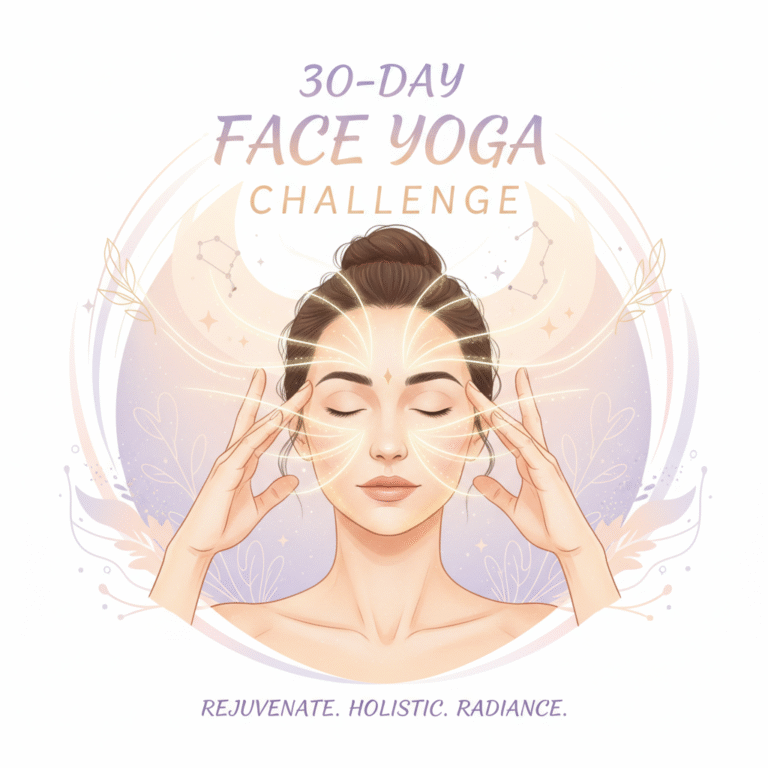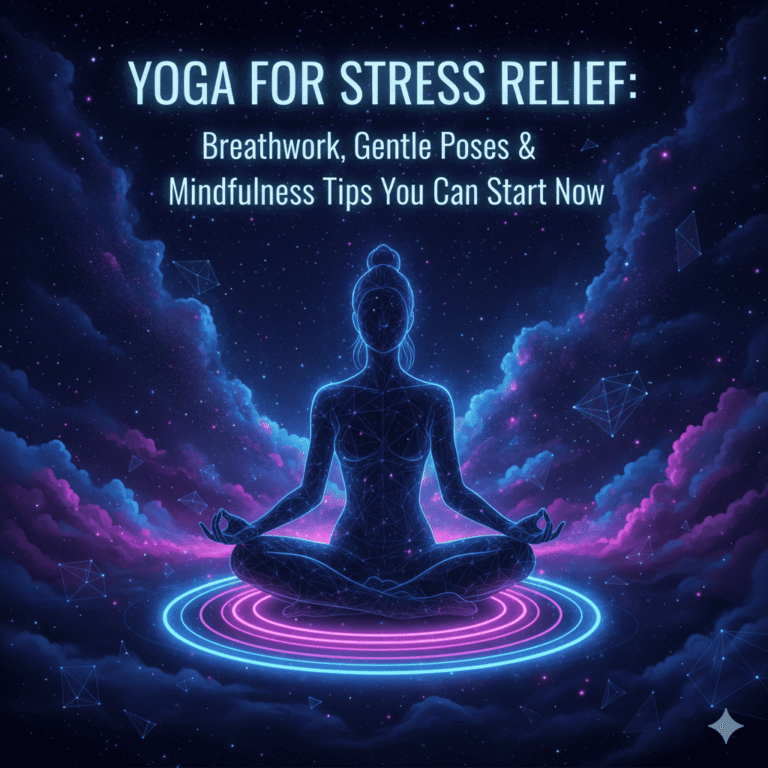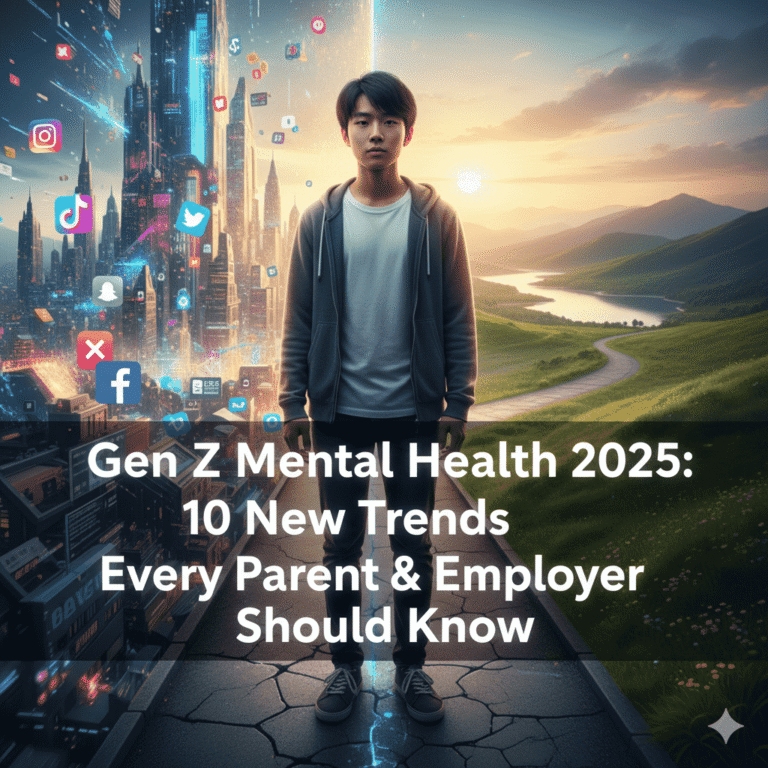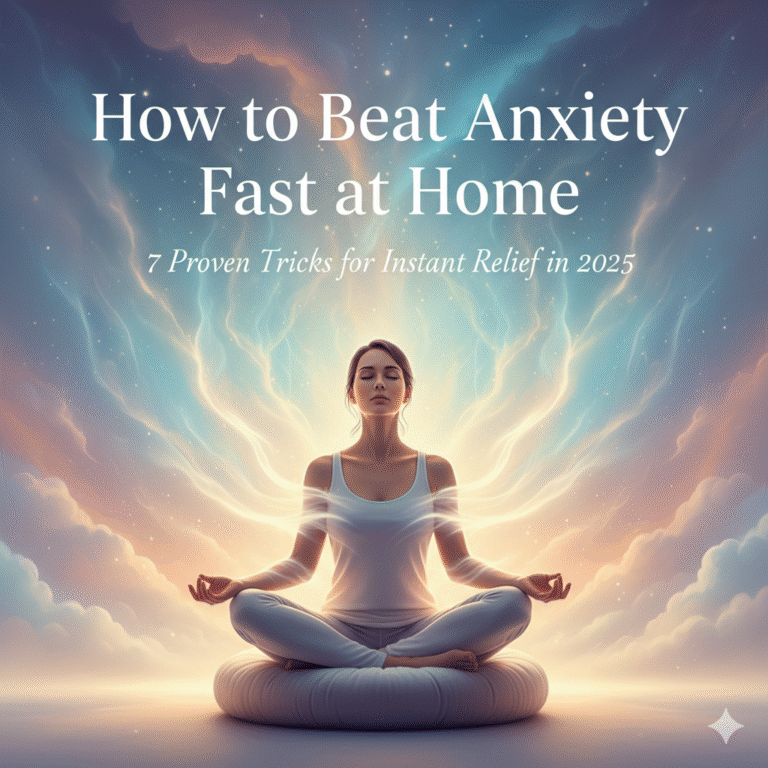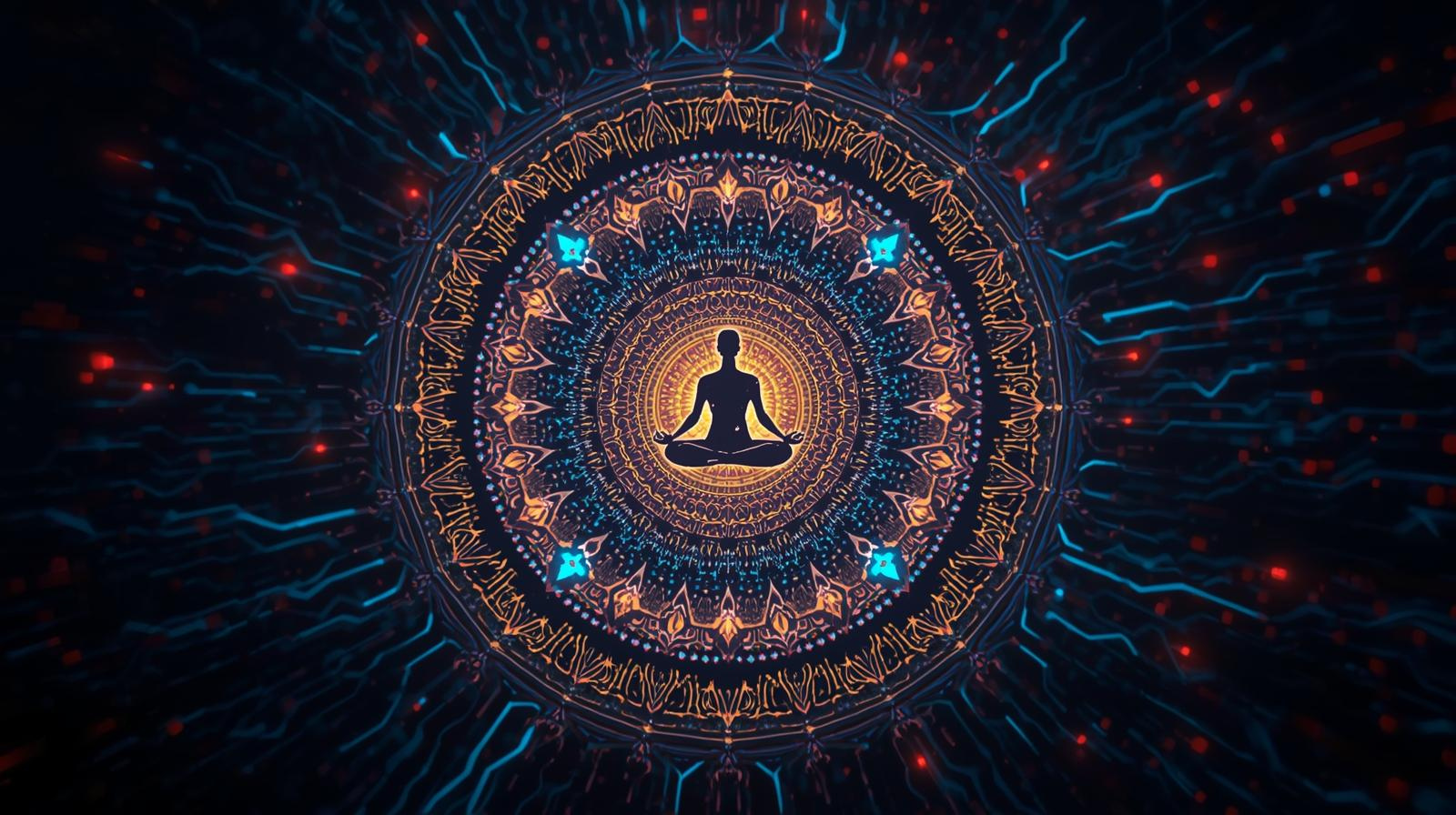
Yoga has always been a practice of harmony, mindfulness, and balance. From ancient Indian traditions to global studios today, yoga has crossed boundaries and reached every corner of the world. But in 2025, a new revolution is reshaping the way people practice yoga: AI-powered yoga classes. These classes use artificial intelligence, smart sensors, and advanced apps to personalize yoga sessions, making them more accessible, data-driven, and effective than ever before.
For beginners, AI yoga makes the practice less intimidating; for advanced practitioners, it adds precision and tracking. In this blog, we’ll explore how AI-powered yoga works, why it’s Trending in 2025, its benefits, challenges, and the future of yoga in a digital world.
What Are AI-Powered Yoga Classes?
AI-powered yoga classes are digital sessions guided by artificial intelligence. Instead of a human teacher being physically present, you practice yoga through apps or platforms where AI observes, analyzes, and corrects your movements. Your device camera or a smart mat tracks your posture, compares it with ideal poses, and gives you real-time feedback like “straighten your spine” or “relax your shoulders.” Unlike pre-recorded yoga videos, AI yoga adapts to your progress and goals, whether you want to lose weight, increase flexibility, or improve mindfulness.

Why 2025 Is the Year of AI Yoga
Several factors have made 2025 the perfect year for AI-powered yoga to rise. Global interest in health and mindfulness is at an all-time high. After years of stress and digital burnout, people want accessible and flexible solutions. With AI becoming mainstream, wellness apps are integrating smarter algorithms. For many, AI yoga is a cost-effective way to get guidance anytime and anywhere without being limited to studio schedules or high membership fees.
Benefits of AI-Powered Yoga
The biggest advantage of AI-powered yoga is personalization. Every session adapts to your body type, fitness level, and goals. AI also corrects your posture instantly, which reduces the risk of injury and helps you build confidence. Data-driven progress tracking is another highlight. You can see your improvements in flexibility, strength, and consistency over time. Most importantly, AI yoga makes the practice accessible—whether you are a beginner, a working professional with limited time, or a senior citizen looking for gentle exercises.
Comparison: AI Yoga vs Traditional Yoga
| Feature | AI-Powered Yoga Classes | Traditional Yoga Classes |
|---|---|---|
| Instructor | Artificial Intelligence (apps, sensors, wearables) | Human teacher (in-studio or online) |
| Personalization | Highly personalized routines via data & AI | Personalized but limited to teacher’s view |
| Convenience | Available 24/7, practice anywhere | Limited to class timings & studio location |
| Cost | Affordable (subscription-based) | Higher fees for in-person sessions |
| Community | Limited (digital community) | Strong social & group connection |
| Accuracy | Precise corrections via sensors | Relies on teacher’s observation |
Popular AI Yoga Platforms in 2025
AI yoga platforms are gaining global attention. Apps like YogaAI Pro provide posture correction with real-time voice feedback. Smart Mat Yoga uses a mat with built-in sensors to track your balance. AsanaAI focuses on weekly progress reports, while AI Yoga Coach combines meditation and yoga for stress relief. The latest innovation is Hybrid VR Yoga, where you can practice in a virtual environment—like a beach or a mountain—while AI monitors your posture.

Challenges and Concerns
Despite its benefits, AI yoga comes with limitations. Yoga is not just physical; it’s emotional and spiritual. AI cannot replace the empathy and connection of a human teacher. Privacy is another concern, as most apps rely on cameras and sensors. Over-reliance on technology can also reduce the traditional essence of yoga. Finally, advanced AI yoga tools require devices like VR headsets or smart mats, which not everyone can afford.
The Future of AI-Powered Yoga
The future of AI-powered yoga looks promising. In the coming years, AI will integrate with AR and VR to create immersive experiences. Imagine practicing yoga on a virtual Bali beach while AI guides your poses. Wearable devices like smart watches will monitor your breathing, balance, and stress levels in real time. Hybrid classes combining human instructors and AI tools may also become common, bringing the best of both worlds. Corporate offices are already exploring AI yoga as part of employee wellness programs, making it clear that this trend is here to stay.
Tips to Get Started
If you are new to AI-powered yoga, start by choosing a reliable app with good reviews. Set clear goals—whether it’s stress relief, flexibility, or fitness. Ensure you have a proper setup with a yoga mat and stable internet. Begin slowly and let the AI adapt your routine step by step. Finally, try to balance AI practice with occasional traditional yoga sessions to stay connected with the roots of this ancient discipline.

Conclusion
AI-powered yoga classes in 2025 are not just a passing fitness trend—they are shaping the future of wellness. With personalization, convenience, and innovative tools, AI yoga is making the practice more inclusive and efficient. At the same time, it’s important to remember that yoga’s true essence lies in mindfulness and balance. AI cannot replace the spiritual depth of traditional yoga, but it can complement it beautifully.
Whether you are a beginner or an experienced yogi, AI-powered yoga offers an exciting new way to practice. By combining technology with tradition, it opens fresh doors to health, peace, and harmony in today’s fast-paced world.
Are AI yoga classes better than traditional yoga classes?
Both have their benefits. AI yoga classes provide convenience, personalization, and flexibility, while traditional yoga offers human connection and in-depth guidance from experienced teachers.
Do I need special equipment for AI yoga?
No, most AI yoga platforms only require a smartphone or laptop with a camera. Some advanced versions may use smart mats or wearable devices for tracking.
Can beginners start directly with AI-powered yoga?
Yes, AI-powered yoga apps are beginner-friendly. They offer step-by-step instructions and adapt to your pace, making it easy for anyone to get started.
Which are the best AI yoga apps in 2025?
Some popular platforms include AI-driven yoga apps, smart fitness trackers, and hybrid online studios. (You can add names after research to target keywords.)
Is AI yoga available worldwide?
Yes, most AI yoga apps are accessible globally. As long as you have an internet connection, you can join from anywhere — India, USA, UK, or Australia.
Will AI replace yoga teachers in the future?
No, AI is designed to complement yoga teachers, not replace them. While AI provides personalization and convenience, human teachers bring emotional support and community.

